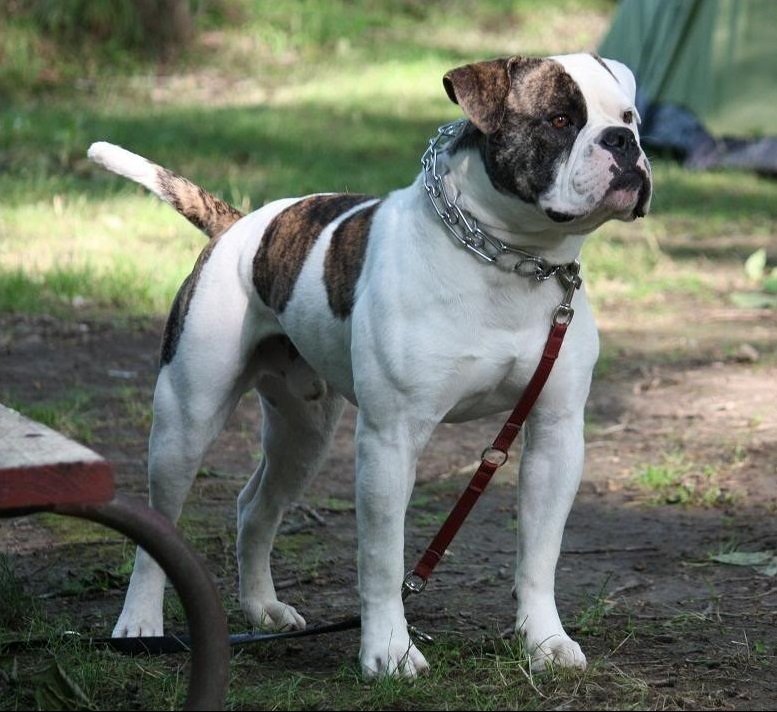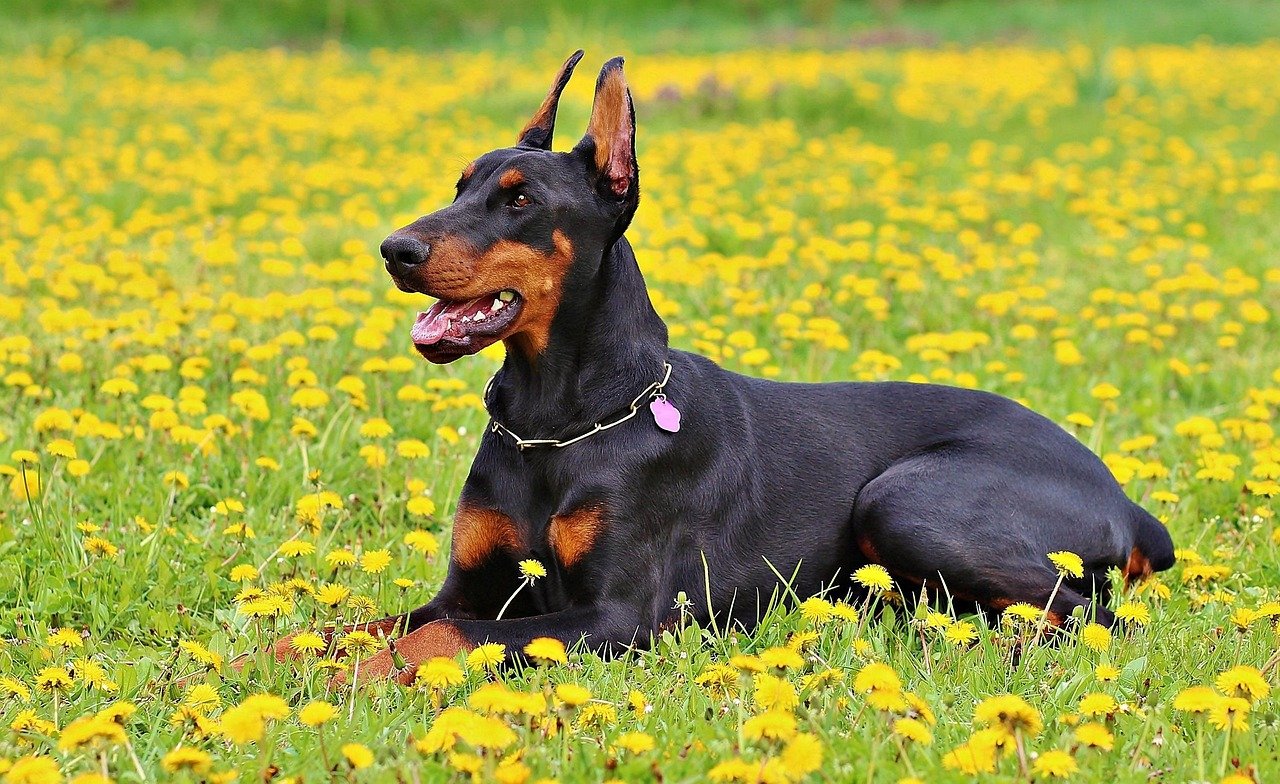Have you ever looked into the eyes of a dog and wondered, “Could this furry friend really be dangerous?” In America, the debate around certain breeds is fiery and emotional. Some folks swear by the loyalty and love of these dogs, while others shudder at the mention of their names. Laws have been shaped, lives have been changed, and neighborhoods have divided over these breeds. Let’s pull back the curtain and face the truth—these are the 15 most controversial dog breeds in America. Get ready for a wild ride through facts, fears, and a little bit of fur.
Pit Bull Terrier

The name “Pit Bull” alone can send chills down some spines and spark outrage in others. For decades, Pit Bulls have sat at the center of heated discussions about dog attacks and breed-specific laws. Despite their reputation, many owners insist these dogs are nothing short of loving, loyal, and even gentle with children. Still, insurance companies often refuse coverage for homes with Pit Bulls, and entire cities have banned them outright. The media rarely hesitates to spotlight Pit Bull incidents, which only adds fuel to the fire. It’s a breed that seems to carry the weight of every dog controversy in America. Many shelters see Pit Bulls as the most surrendered and least adopted, a heartbreaking statistic for those who know their playful side.
Rottweiler

Big, bold, and muscular, Rottweilers have long been cast as the “bad boys” of the dog world. Their history as guard dogs and police companions doesn’t help shake off the intimidating image. But I’ve met Rotties that were as sweet as marshmallows—drooly, enormous lap dogs in disguise. Still, some people see only the headlines: Rottweilers involved in bites, or tragic incidents making national news. Their size and strength mean that when things go wrong, they can go very wrong. As a result, some neighborhoods restrict or ban Rottweilers, and insurance policies often exclude them. Owners are fierce in their defense, and the debate over whether the breed or the owner is to blame rages on.
German Shepherd

The German Shepherd is America’s beloved police dog, guide dog, and search-and-rescue hero. Yet, they’re also on many controversial breed lists. Why? Their intelligence and protective instincts, when not properly managed, can turn into aggression or nervousness. There are stories of German Shepherds saving lives, but also of them biting strangers or other pets. Their popularity means there are lots of them—so when incidents happen, they get plenty of attention. Some fear their size and sharp instincts, while others see only a loyal family guardian. The breed’s reputation is a double-edged sword, cutting between heroism and fear.
Doberman Pinscher

Dobermans look like they just stepped out of a superhero comic—sleek, alert, and intensely focused. Once the go-to guard dogs for businesses and celebrities, their image as fierce protectors sometimes works against them. In the movies, Dobermans are often cast as the villain’s sidekick, and that stereotype sticks. Owners know them as affectionate and goofy, but the public sees a dog that looks ready to pounce. Their loyalty can turn to overprotectiveness if not socialized, leading to aggressive behavior in rare cases. Laws in some places target Dobermans, and debates over their temperament never seem to die down. The truth lies somewhere between the myths and the snuggles on the couch.
American Bulldog

With their stocky build and powerful jaw, American Bulldogs have a presence that demands attention. They’re athletic and playful, often clownish with family, but strangers might see only their imposing looks. Some cities have labeled them as dangerous along with Pit Bulls, blaming them for attacks that sometimes make headlines. Breed advocates protest, pointing out that most American Bulldogs are loving, dependable pets. Still, fear persists—sometimes fueled by stories, sometimes by their muscular appearance. The constant tug-of-war over their reputation leaves many would-be owners confused and cautious.
Chow Chow

It’s hard to imagine controversy swirling around a dog that looks like a living teddy bear, but Chow Chows are often listed as high-risk by insurers and apartment complexes. Their fluffy mane hides a fiercely independent spirit, and they can be territorial or standoffish with strangers. Unfortunately, this can lead to biting incidents if a Chow feels threatened or cornered. They’re loyal to their families but don’t always play well with others, both canine or human. Some people adore their aloof charm, while others fear their unpredictable temper. The debate is as fuzzy as their fur.
Alaskan Malamute

These majestic, wolf-like dogs are built for strength and endurance. Alaskan Malamutes are often mistaken for wolves, adding to their controversial reputation. Though bred to pull sleds and work hard, Malamutes can be stubborn, independent, and a handful for inexperienced owners. When energy isn’t properly channeled, boredom can lead to destructive or even aggressive behavior. Some cities include Malamutes in breed bans, worried about their size and power. Others celebrate their loyalty and intelligence, but the controversy lingers like a cold Arctic breeze.
Akita
Akitas are revered in Japan as symbols of loyalty, but in America, their reputation is more turbulent. Powerful and fiercely devoted to their families, Akitas can become protective to a fault. Their size and strength mean that when they do act out, it can be dangerous. Some insurance companies won’t cover homes with Akitas, and certain communities have banned them. Still, owners cherish their calm dignity and unwavering devotion. The Akita’s story is one of myth, misunderstanding, and deep, complicated love.
Wolfdog (Wolf Hybrid)

The idea of owning a creature part-wolf, part-dog is thrilling for some and terrifying for others. Wolfdogs are legal in some states, banned in others, and controversial everywhere. Their unpredictable mix of wild instincts and domestic behavior makes them risky pets, often leading to tragic outcomes. When wolfdogs escape or act out, it’s front-page news—adding to the fear and confusion. Supporters argue that with proper training, wolfdogs can be managed, but animal control officers and experts often disagree. The debate rages on, as wildness and domesticity clash in one striking animal.
Great Dane
It’s hard not to do a double-take when a Great Dane lumbers down the street—they’re towering, gentle giants to some, but intimidating to others. Despite usually being calm and affectionate, their sheer size can make even minor aggression a major problem. Great Danes have been involved in rare but serious incidents, sparking debates about whether such massive dogs belong in family homes. Some landlords and insurance agents balk at their size, lumping them in with more notorious breeds. Devoted owners argue that their Danes are the world’s biggest lap dogs, but controversy always follows in their giant paw prints.
Siberian Husky

Known for their piercing eyes and boundless energy, Siberian Huskies are adored by many—but often misunderstood. They’re escape artists, notorious for running off and sometimes exhibiting unpredictable prey drive. This breed has been blamed for attacks on smaller animals, and some cities have debated bans on Huskies alongside other “dangerous” breeds. Their independent streak can be mistaken for aggression, especially if owners are unprepared for their high energy. While fans celebrate their beauty and spirit, critics point to their challenging nature. The discussion is as lively as a pack of Huskies on a snowy morning.
Presa Canario

The Presa Canario is a rare sight in most neighborhoods, but their reputation precedes them. Bred as guard dogs, they are powerful and sometimes aggressive if not properly trained. Tragic high-profile attacks have cemented their place on many restricted breed lists. Owners claim that with the right guidance, Presa Canarios are loyal and loving. However, the breed attracts controversy wherever it goes, with passionate arguments on both sides. Their massive build and protective instincts mean they’re not for the faint of heart.
Boxer

Boxers seem goofy and playful, always ready for a game of fetch or a clumsy cuddle. However, their high energy and protective instincts can sometimes lead to trouble. Some insurance companies include Boxers on their blacklists, worried about bites or accidents. Critics argue that Boxers are too excitable and strong for some families, especially those with small children. Supporters point to their affectionate, clownish behavior and gentle nature with kids. The debate over Boxers is less intense than with other breeds, but it still sparks strong feelings on both sides.
Dogo Argentino

The Dogo Argentino is a striking, muscular dog originally bred for big game hunting. Their appearance alone can cause alarm, and they are banned in several U.S. cities. Advocates highlight their loyalty and intelligence, but opponents cite their strength and prey drive as reasons for concern. When a Dogo Argentino is involved in an incident, it’s often headline news. Owners insist that with socialization and training, these dogs are loving companions. Still, the breed’s controversial status shows no signs of fading.
Dalmatian
Spotty, elegant, and instantly recognizable—Dalmatians are a childhood dream for many. But beneath those famous spots lies a breed often labeled as unpredictable. Dalmatians can be nervous, sensitive, and prone to sudden aggression if not socialized well. Their popularity surged after movies, leading to impulsive adoptions and, sadly, more incidents. Some landlords and insurers view them as high-risk, despite their Hollywood image. Owners fight to change perceptions, but Dalmatians remain a controversial breed, caught between fame and fear.
End of summary.

Andrew Alpin from India is the Brand Manager of Doggo digest. Andrew is an experienced content specialist and social media manager with a passion for writing. His forte includes health and wellness, Travel, Animals, and Nature. A nature nomad, Andrew is obsessed with mountains and loves high-altitude trekking. He has been on several Himalayan treks in India including the Everest Base Camp in Nepal.






